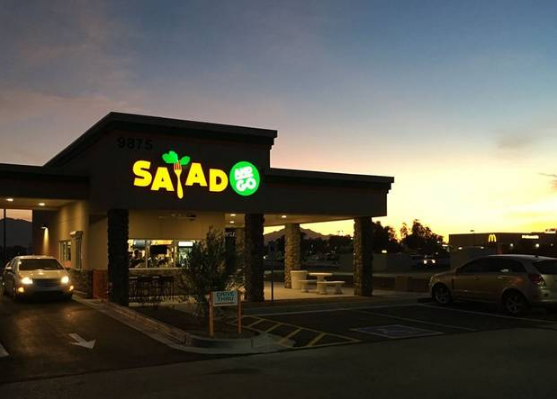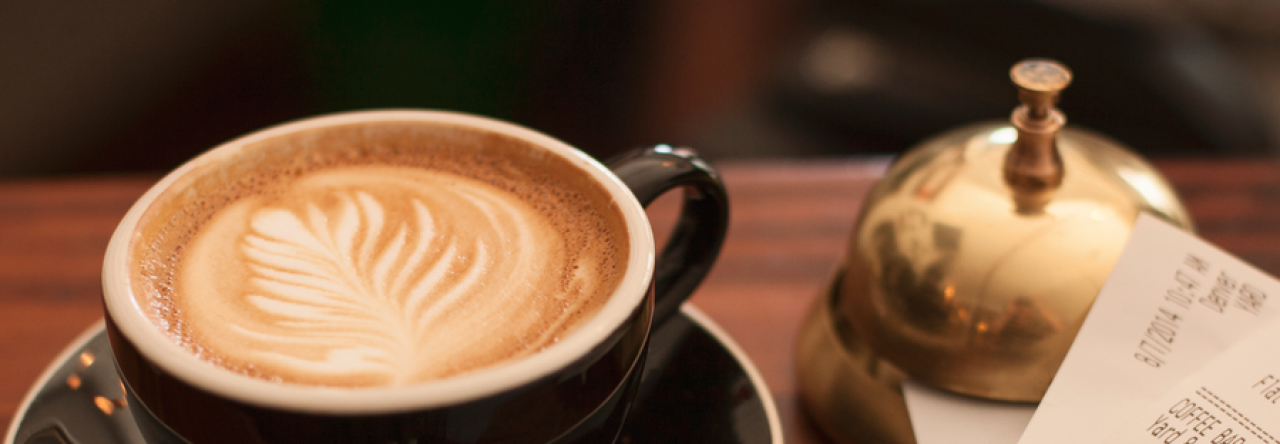In recent years, the fast food market has changed dramatically. Today, there’s a focus on healthier options, better quality of products, and an effort to serve food in environmentally friendly ways.
While the fast food industry may appear to be making positive changes, the negative aspects of still outweigh the good. For example, a standard fast-food restaurant delivers on average more than 1,500 calories per meal. It’s no wonder that obesity is now considered a national health crisis.
Could affordable salads be the secret to America’s health?
An easier solution must exist. How can we make fast food healthy and affordable? The secret may have already have been discovered. Drive-thru salad chains.
The genius behind this solution is that it delivers what the market wants (healthy food) yet remains efficient and affordable. The unfortunate lure of fast-food is not the quality but the convenience. If we build healthy meccas that offer nutritious options, we could solve one of the leading health challenges in America today.
Leading the way
The future may have already arrived–and chances are–you’ve heard of them: Chipotle, SaladWorks, Panera. While not all of these chains exclusively offer salads, they do impress a healthier image to their consumers. At Panera, a customer can choose from a wide range of nutritious meals, including meat that’s free of antibiotics.
And there’s one chain that’s making a big impression. Salad and Go. This newer model hopes to break into the big leagues by offering fresh and affordable salads and meals, exclusively. With 8 locations across the midwest, the menu at Salad and Go offers salads, burritos, and smoothies made with whole, natural, and organic ingredients. The company’s goal? According to their website, living life in the fast lane doesn’t require sacrificing flavor or nutrition.
The question remains whether these new chains have the potential to attract the consumers. We know that the market exists and thrives today. According to a Gallup study, 1 in 3 children eat fast food at least once a day.
It’s far easier to consider exchanging the type of food in this American diet staple than trying to reinvent a way for Americans to consume food affordably and on-the-go.
 Perhaps the biggest obstacle facing these chains is the cultural association we keep with the industry. For 50+ years, the phrase fast food has conjured a very specific type of experience. Today, we have the opportunity to change that. But to achieve that goal, we first must shift our mindset: there’s no rule that the items at a fast-food restaurant have to be fried.
Perhaps the biggest obstacle facing these chains is the cultural association we keep with the industry. For 50+ years, the phrase fast food has conjured a very specific type of experience. Today, we have the opportunity to change that. But to achieve that goal, we first must shift our mindset: there’s no rule that the items at a fast-food restaurant have to be fried.

